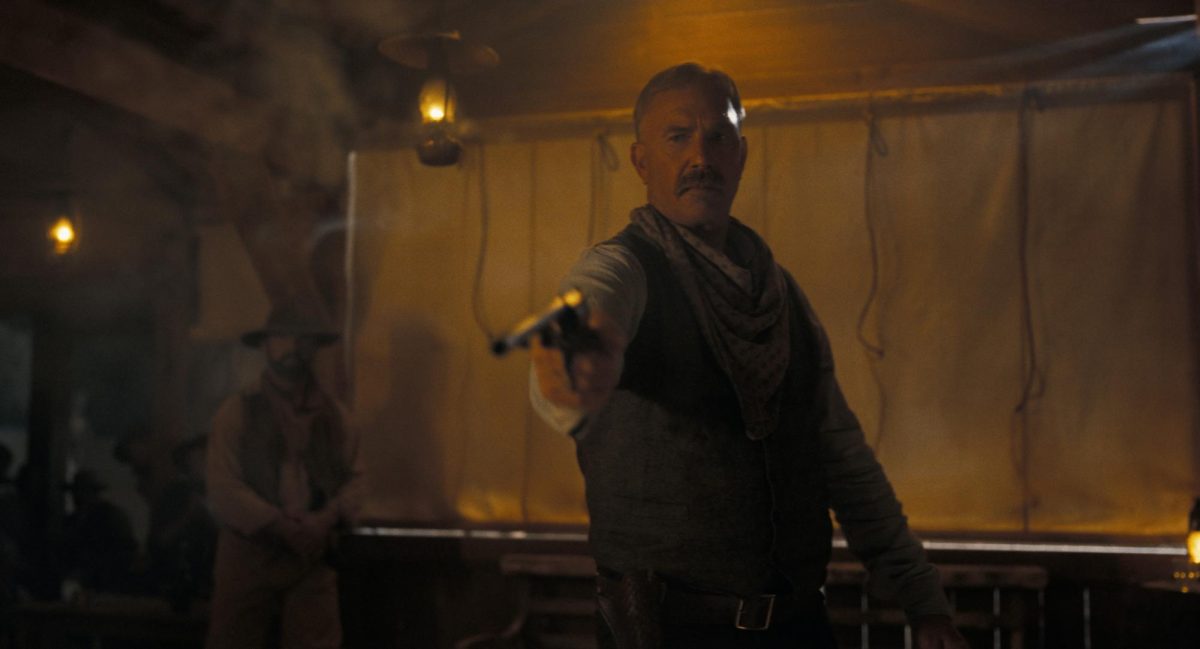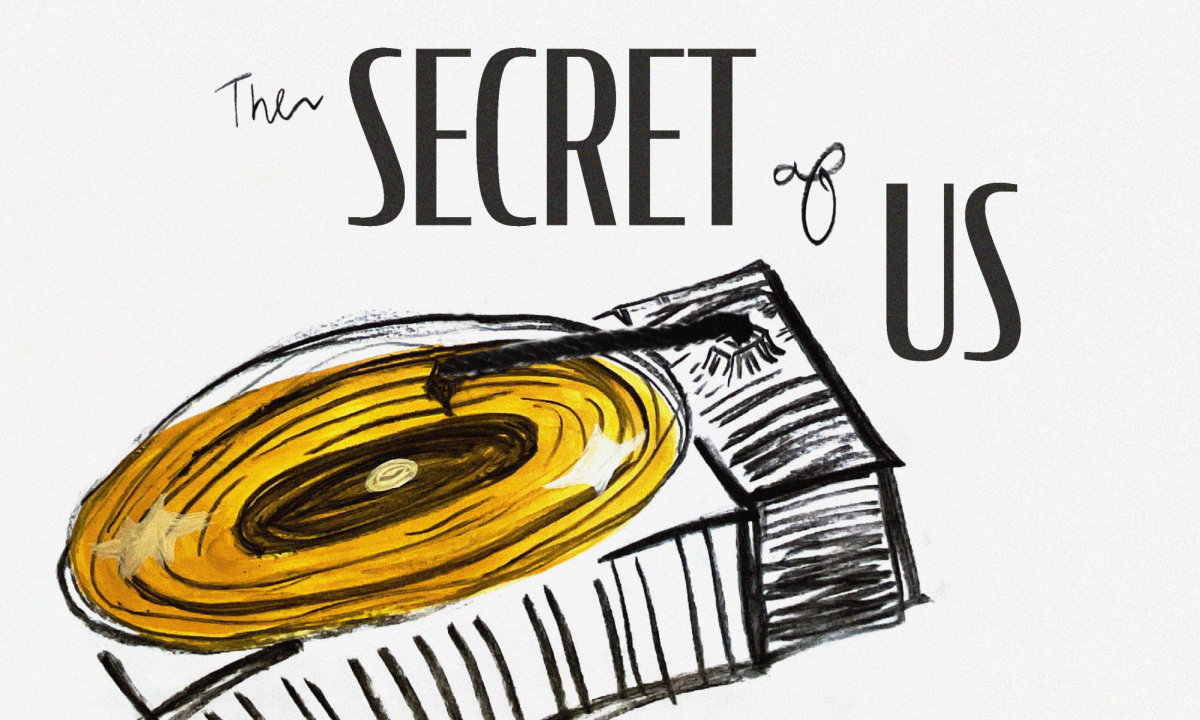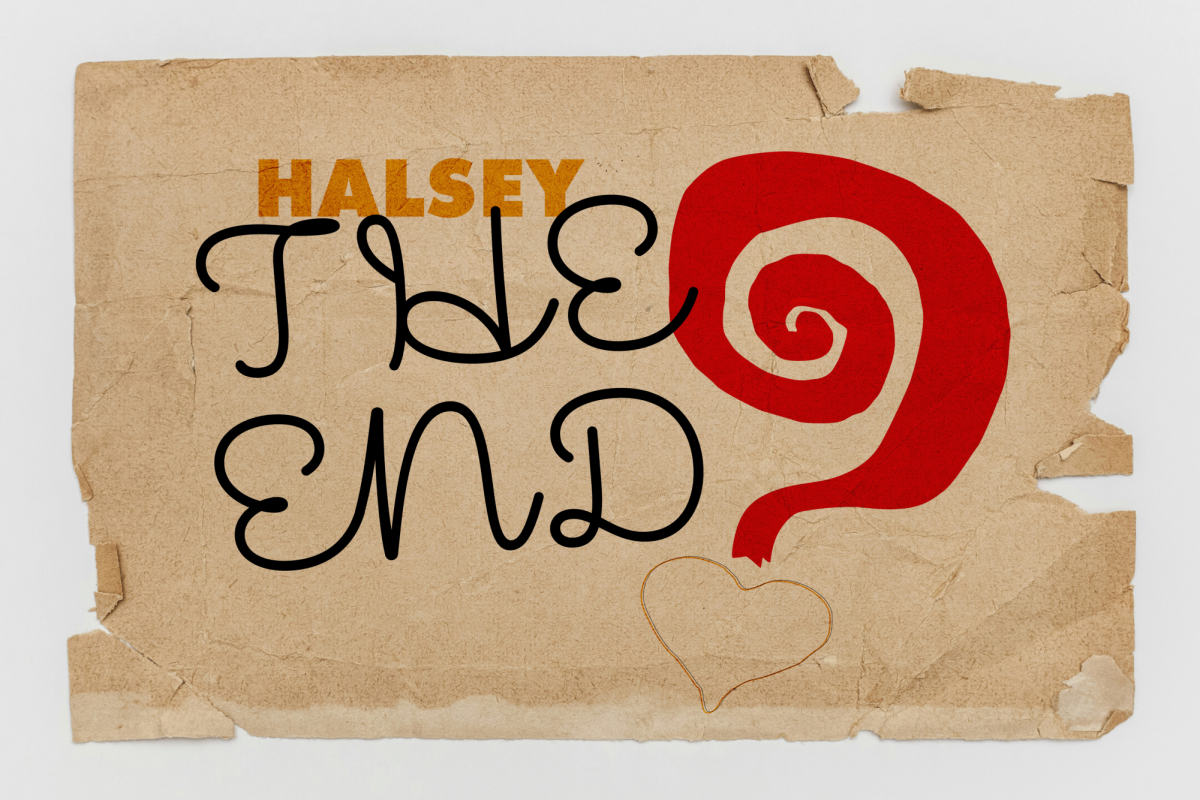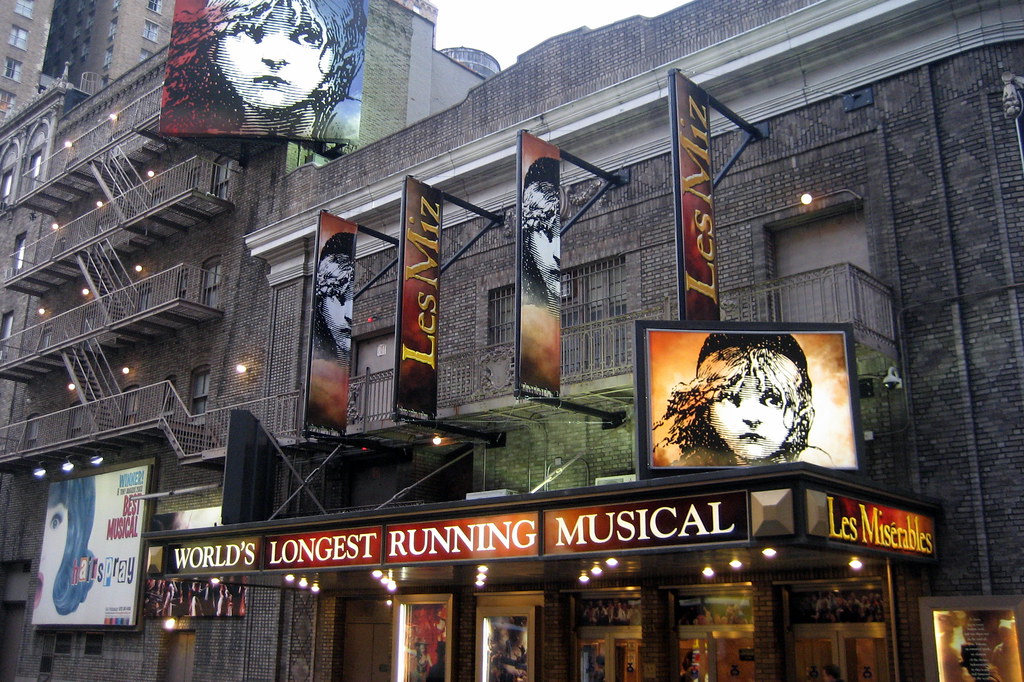Attending a Broadway show is a costly affair for the audience member, but what about the costs of running the show? With rising production costs, theater payments and other fees, putting on a show is less about the “what about” than the “how to pay.”
A Broadway show typically costs upwards of $10 million just to start up. Keeping the show running runs around $300,000-$600,000 per week. To maintain a show on Broadway, production companies aim to fill 1,000+ seats a night. If costs run thin, the show must come to an end.
When anyone thinks of hit musicals, “Les Misérables,” “The Lion King,” “Hamilton” and “The Phantom of the Opera” come to mind. Excluding “Hamilton,” each of these shows has a film counterpart with “Les Mis” and “The Lion King” even winning Academy Awards. These shows have star-studded casts and regularly receive raving reviews, ensuring a continuous audience. Even still, musicals like “The Phantom of the Opera” find themselves closing their doors. Why would such a popular show close after 35 years? After the longest run in Broadway history, the “Phantom” died.
The Angle of Music
Premiering on Broadway in 1988, Andrew Lloyd Webber’s “The Phantom of the Opera” tells the story of a young orphaned student of the opera, Christine Daaé, who is lured by the mysterious Phantom lurking in the tunnels below The Palais Garnier stage.
The show cost $8 million to produce in 1988 ($20 million today) and in time became a hit, grossing over $1 billion dollars. But, like most of the world, the COVID-19 pandemic hit Broadway hard. The pandemic meant long closures and the slow return of audience members to theaters. In 2021 “Phantom” opened again. It was noted that sets from the 1980s needed repair, and the audience numbers weren’t covering the costs. One of the main, and most iconic, prop pieces of the show is a giant chandelier that sweeps over the audience at a pivotal part of the musical. This iconic and stunning prop ended up needing a lot more from the show than it could give for repairs.
It is amazing how such an iconic show, one that we may expect to have all debts paid, can find itself in the red. The closure of “Phantom” demonstrates the importance of filling the audience for a show. Theater simply can’t survive without an audience. But, how can attending a live show be feasible when ticket prices range up to almost a thousand dollars a seat for “Hamilton?”
Exploring Alternatives
Touring is a great way for shows to make money. “The Lion King” has earned $1 billion from Broadway and touring. Touring makes more money from new audiences and fixed theater premiums.
It is also important to consider that while shows might not roll in the dough in one country, many shows have found much success overseas, such as in the West End in London. This was the case with “The Phantom of the Opera,” starting at His Majesty’s Theatre in the West End in 1986, later opening in 1988 at the Majestic Theatre on Broadway.
Musicals you did as a kid also roll in licensing fees for musicals. So, your little cousin’s rendition of “Annie Jr.” not only helps their middle school, but also helps the musical at large stay alive.
Besides money, musicals and theater productions can be fun. Theater can teach minds and touch hearts of all ages. While the costs are high and ever rising, the rewards of live theater can be incredibly valuable.


















